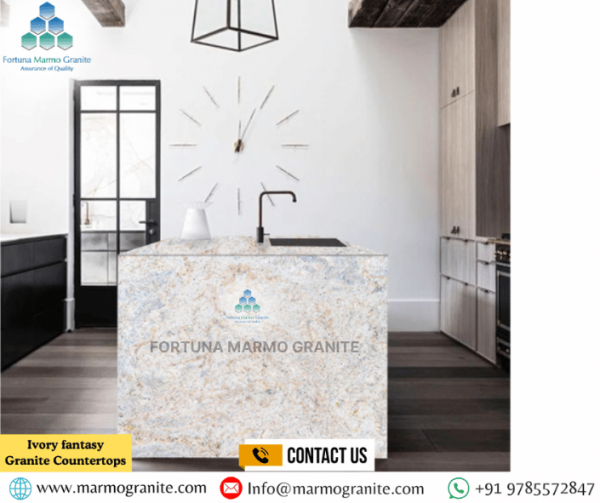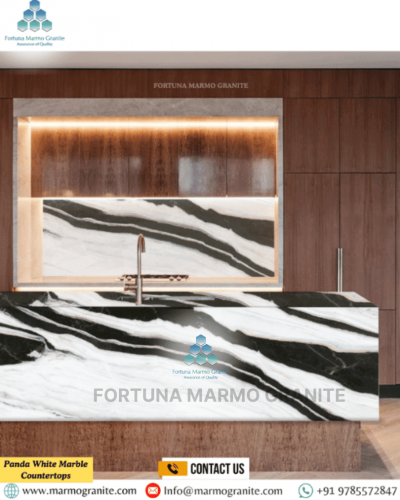How to Recognize Granite and Marble: A Quick Guide
Natural stones such as granite and marble have fascinated people for centuries due to their beauty, durability, and timeless appeal. Whether used in construction, interior décor, or artistic sculptures, these stones bring elegance and sophistication to any space. However, many people find it challenging to distinguish between granite and marble without knowing their key characteristics. Therefore, this guide helps you quickly identify granite and marble by examining their physical features, patterns, and durability.
Understanding the Basics of Granite and Marble
Before diving into the identification process, it is essential to understand what granite and marble are, as well as how they form.
Granite is an igneous rock composed primarily of quartz, feldspar, and mica. It forms through the slow crystallization of magma beneath the Earth's surface, which makes it one of the hardest natural stones available. Consequently, granite is renowned for its strength, resistance to scratches, and vibrant color variations.
In contrast, marble is a metamorphic rock that originates from limestone subjected to intense heat and pressure. This process causes the limestone to recrystallize, resulting in a stone with a unique veined pattern and a softer composition than granite. As a result, marble is often associated with luxury due to its smooth, polished surface and elegant appearance.
Key Differences Between Granite and Marble
- Surface Appearance and Texture
Granite: Characterized by its granular and speckled appearance, granite displays a mix of various minerals, creating a visually striking pattern. In particular, the presence of quartz and feldspar often produces small, sparkling flecks throughout the stone. Furthermore, granite's texture feels rough when unpolished but becomes smooth and refined when polished.
Marble: In contrast, marble is distinguished by its elegant veining and showcases a more fluid, organic pattern. These veins, often in shades of gray, gold, or green, flow through the stone in an intricate, wavy manner. Unlike granite's granular appearance, marble's surface appears more homogeneous, with fewer visible mineral inclusions.
- Color Variations
Granite: It offers a broad spectrum of colors, including black, white, gray, blue, green, and red. This variety arises from the presence of different minerals, and no two granite slabs are identical.
Marble: In contrast, marble is primarily available in lighter shades such as white, beige, pink, and gray, often highlighted with contrasting veining. Although some darker varieties exist, marble generally leans toward a more muted and sophisticated color palette.
3. Hardness and Durability
Granite: Boasting a hardness rating of 6 to 7 on the Mohs scale, granite is highly durable and resists scratches. As a result, it can withstand heavy use, making it an excellent choice for kitchen countertops, outdoor spaces, and high-traffic areas.
Marble: In comparison, marble is softer than granite, with a Mohs hardness rating of around 3 to 5. Consequently, it is more susceptible to scratches, etching, and staining, especially when exposed to acidic substances like lemon juice or vinegar. Although proper sealing can help protect marble surfaces, they still require more maintenance than granite.
- Porosity and Stain Resistance
Granite: Being less porous than marble, granite naturally resists moisture and staining when properly sealed. Therefore, it is ideal for kitchen countertops where spills are common.
Marble: In contrast, marble is highly porous and readily absorbs liquids, making it prone to staining if not sealed correctly. For example, wine, coffee, and acidic substances can leave noticeable marks if left unattended.
- Heat Resistance
Granite: Granite can withstand high temperatures without damage, making it a suitable choice for areas exposed to heat, such as kitchen counters and fireplaces.
Marble: In contrast, while marble is also heat-resistant, prolonged exposure to extreme heat can discolor or damage the surface. Therefore, using trivets or heat pads is recommended to protect marble countertops from direct heat.
Simple Tests to Differentiate Granite and Marble
- The Scratch Test
Use a knife or key to scratch a small, inconspicuous area of the stone.
If the tool leaves a scratch easily, the stone is likely marble, as it is softer. Conversely, if the surface remains unmarked, the stone is more likely granite, which has greater hardness.
- The Acid Test
Apply a few drops of vinegar or lemon juice directly to the stone's surface and observe the reaction.
If the liquid fizzes or reacts immediately, the stone is marble, since its high calcium carbonate content triggers this reaction. On the other hand, if there is no visible reaction, the stone is likely granite, which contains little to no calcium carbonate.
- The Water Absorption Test
Place a few drops of water on the stone and see how quickly it absorbs.
- If the water is absorbed rapidly, the stone is likely marble.
- If the water remains on the surface for a long time, it is probably granite.
Conclusion
Recognizing the differences between granite and marble is essential for selecting the right stone for your project. While granite offers durability and resists scratches and stains, marble delivers timeless elegance with its soft, veined patterns. By carefully examining the color, texture, porosity, and reaction to acid, you can easily distinguish between these natural stones. Consequently, whether you need a robust surface for high-traffic areas or a sophisticated touch for luxurious spaces, understanding these characteristics will help you make an informed decision. Granite Headstones and monuments Supplier serve as lasting tributes to loved ones, preserving their memory for generations. Crafted from durable materials like granite and marble, these structures withstand the test of time while offering a beautiful and dignified appearance.
At Fortuna Marmo Granite, we provide expert guidance and premium-quality natural granite stones to suit your design needs. Contact us today to explore our exquisite collection of granite and marble for your next project!



